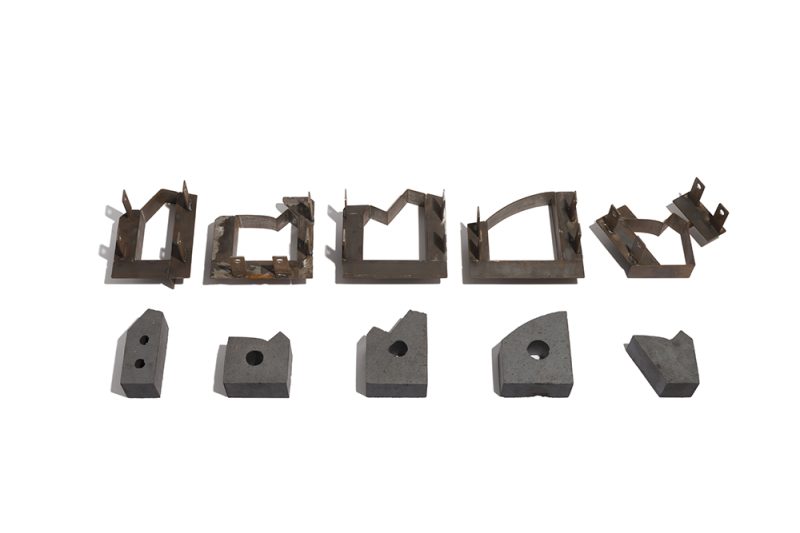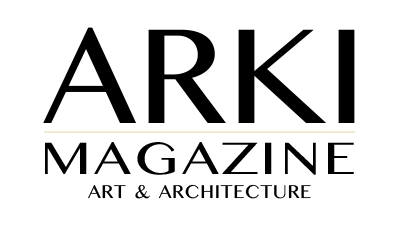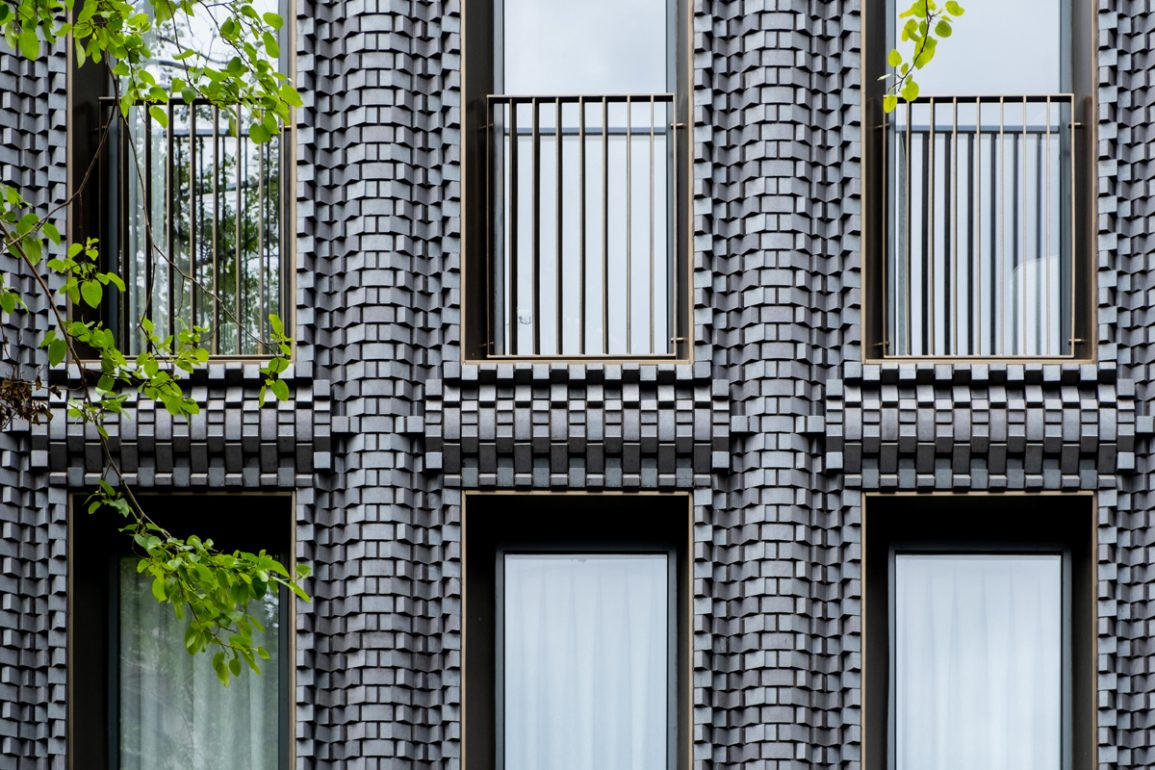In conversation with Billy Mavropoulos
1. Tell us a bit about BDC Architects.
We are a 10-strong team of architects and designers based in East London. The practice
was set up about seven years ago and since then we have worked on a wide range of
residential, commercial and cultural projects in the UK, the US and Greece.
2. Where does the name, ‘Bureau de Change’ come from?
We came up with that name one night when we were in Shanghai for the 2010 Expo. We
were out with friends and we had just started thinking that we would like to set up a
practice at some point in time. We quite liked the idea of calling it a bureau instead of a
studio or atelier and that quickly led to ‘bureau de change’. The name is a fun take on the
actual bureau de change where people go to exchange money as it could also mean ‘the
office of change’. Little did we know at the time that for the first couple of years, we’d
regularly be receiving calls from people asking about exchange rates and other currency-related issues.
3. I have often marvelled at the complexity of the brickwork on the Interlock in
Fitzrovia. How do you even begin a project like this?
Our methodology is consistent in all of our projects. We look at the history, the context
and content of the site and the building and try to weave them all together in as much of
a seamless way as possible. We want our buildings and spaces to be embedded in the
surrounding fabric but to also stand out at the same time – which is a sensitive balance to
achieve.
In this case, we studied the area extensively and looked into its urban and social dynamics
from the 1700s up until today. The key things that were consistent were the use of brick
as the primary material making the buildings, the streets, the underground vaults, and the
fact that the area has been consistently occupied by craftsmen, designers, makers and
creatives. Combining the two was what gave birth to what almost feels like a handcrafted
brick building that seems old and new at the same time.
4. Did the client approach you wanting something vastly different or did you propose
the idea to them?
The client’s ambition and commitment were key in this project. They wanted to create
something that was different, new and challenging but also create a building that wasn’t
‘shouting’. They believed in the project and the team and supported us through to the
end. A building like this would never have happened without a client who believed in the
value of design.
5. What influences or inspires your designs?
We get inspired by many things – the city around us, our travels, the work of other
designers, artists, and architects. We tend to look at a lot of historical references too. As
making is so central to our design process, we tend to gravitate toward objects and
buildings (usually) of an older time, when every detail mattered independent of time and
cost and craftsmen took pride in mastering their crafts.
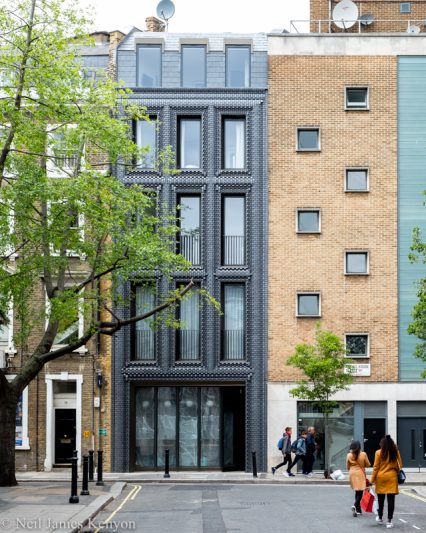

6. Was designing and creating this facade as complicated as it looks?
The short answer is yes. The long answer: It took months of intense work to design and
develop it. We drew every single one of the 5,000 bricks in 3D. There were months of
coordination with Forterra (the amazing brick manufacturer that produced the bricks).
Every brick has to work on its own but also with the respective bricks above and
below it that are different shapes. This introduced many challenges – how much bricks could protrude; what parts of them could be exposed to the elements; how they would
remain structurally sound; how to avoid having the central holes in the clay visible, etc.
bricks. Then we had to check the brick fabrication, make mockups, and finally make sure that all
bricks were numbered and grouped in boxes so the installers could put them up in the
fastest, most efficient way.
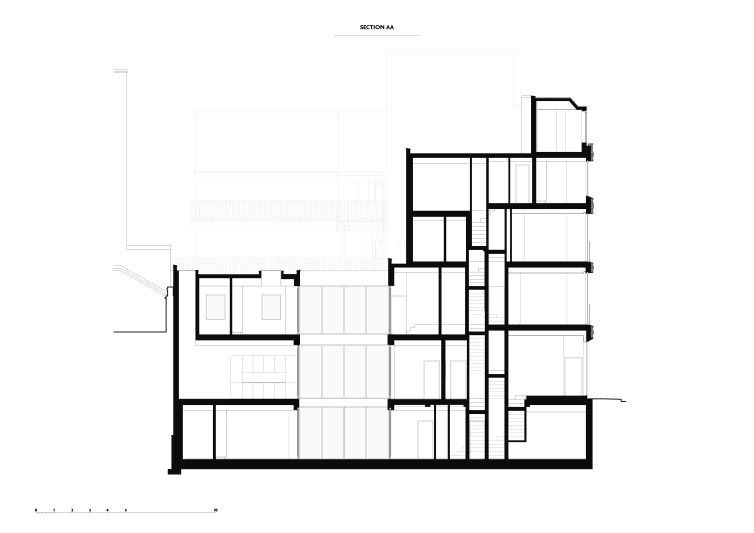
Did the builders see the plans and immediately hate you?
Surprisingly not. Irvine Whitlock who installed the facade got on board with the idea
quite quickly and their team on-site was amazing. They took our drawings (we made
plans of every layer of bricks from the ground up, had all the bricks coded and numbered
for them) and they just did it. No mistakes, no inaccuracies, no delays… nothing. There
was something wonderful and fulfilling about the way they worked. They took pride in
it. They didn’t just want it to be right, they wanted it to be great. It was an absolute
pleasure working with them.
The level of detail in your projects is quite remarkable. You seem to get involved in
projects that create timeless focal points. Almost artworks in themselves. Do you
have certain criteria you look for when tendering for projects or do clients
approach you for your style?
Nowadays clients come to us because they have seen our work and they want something
interesting, different, and personal which is great. We have clients that are interesting and
interested. They understand our work and their input only makes it better
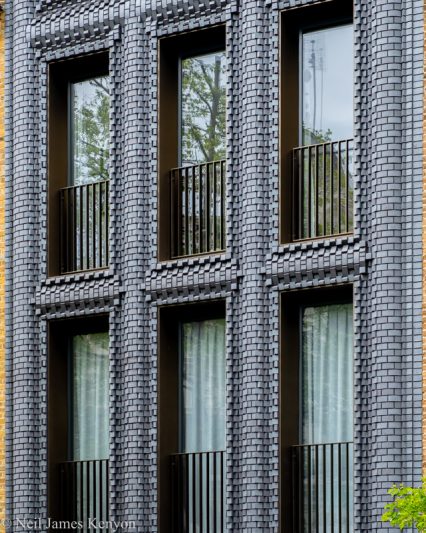
Finally, what would be your dream project to work on?
I don’t think we have a dream project as such. We enjoy challenging the ’expectation’
one has of any space, building or function, I think we want to get our hands on as many
different typologies as possible. We are currently working on private houses, residential
developments, offices, hotels and installations – they are all special in some way and they
all inform each other so I think the dream is just to keep adding to the mix.

